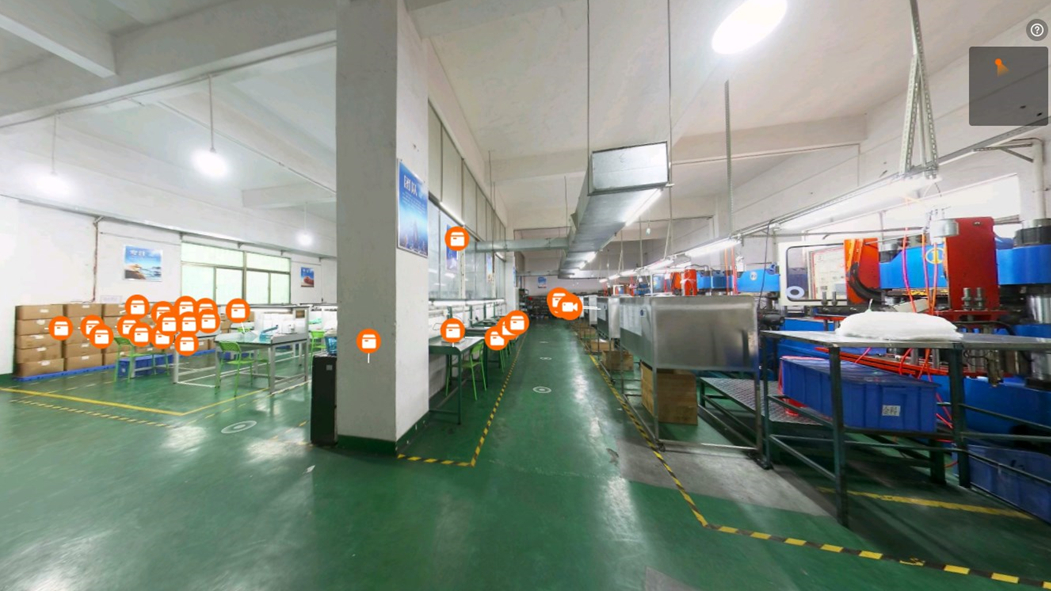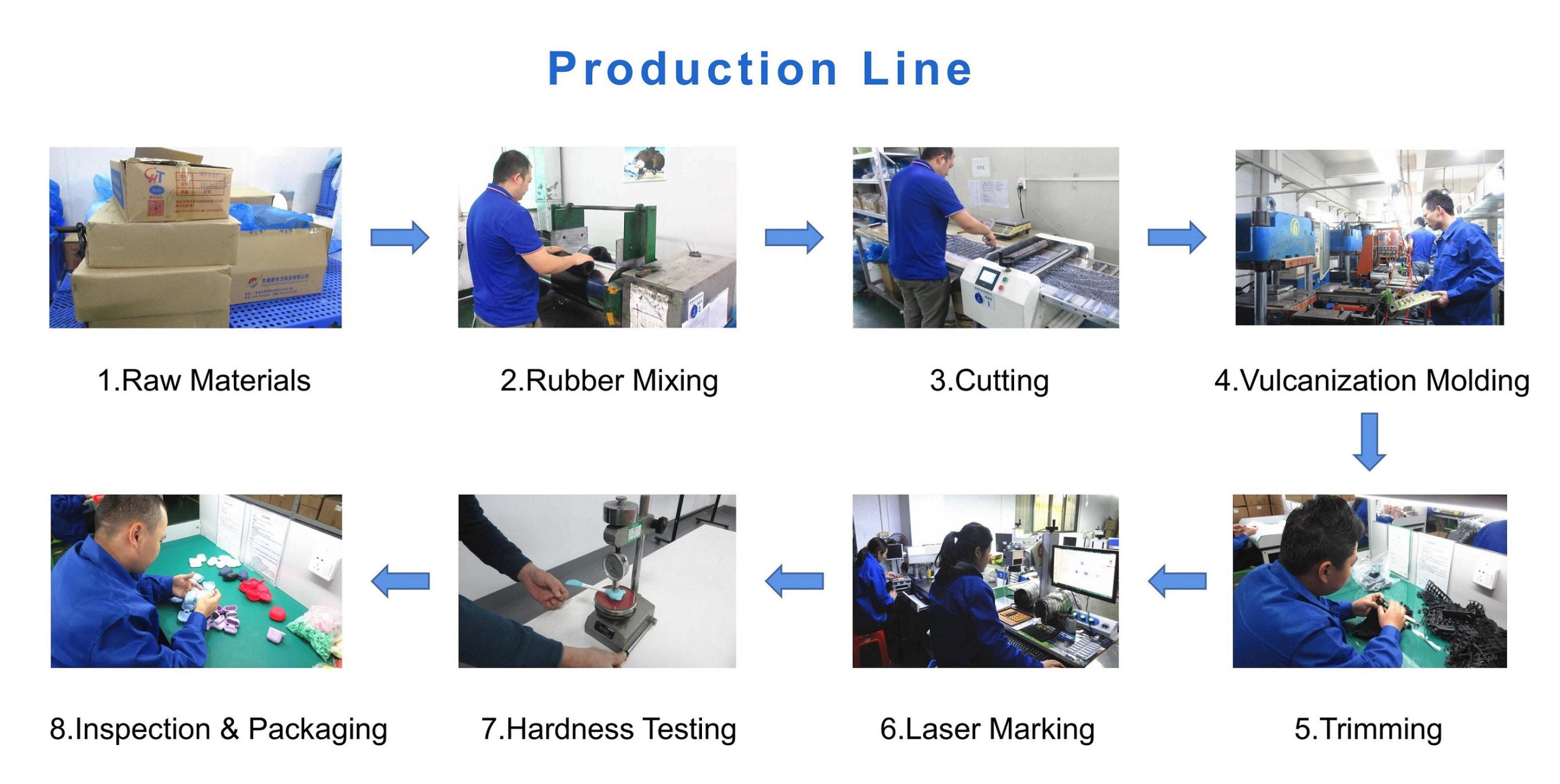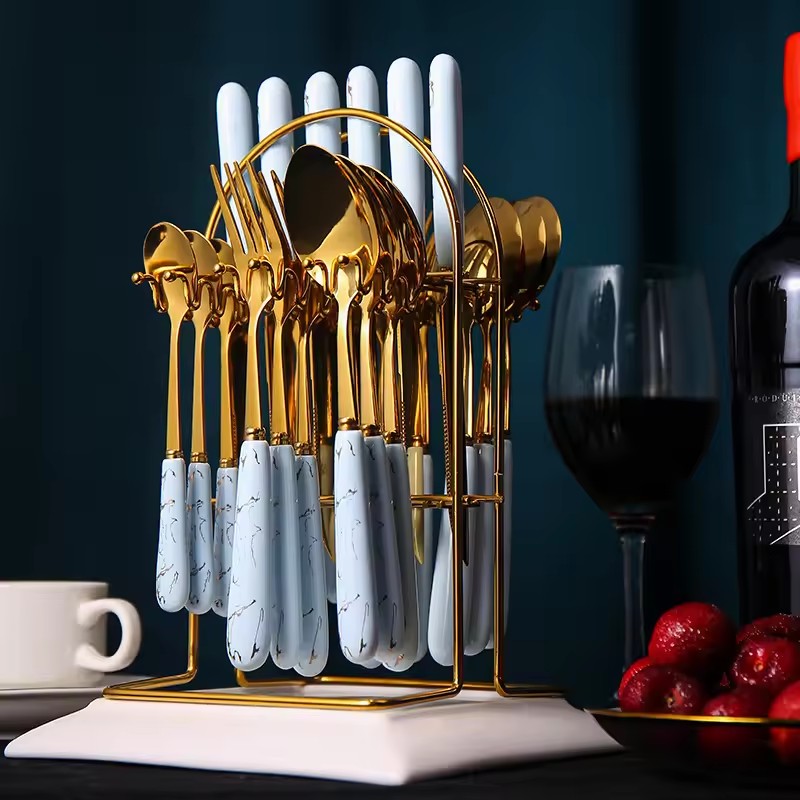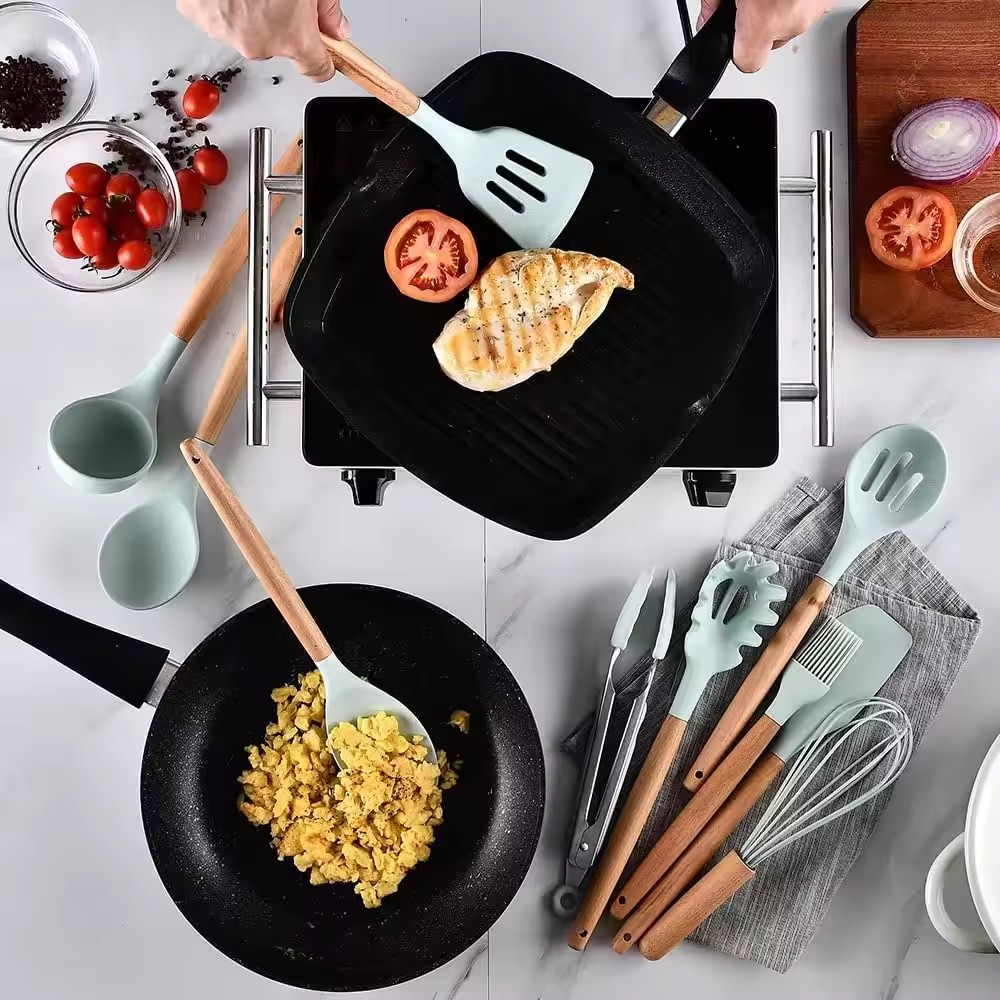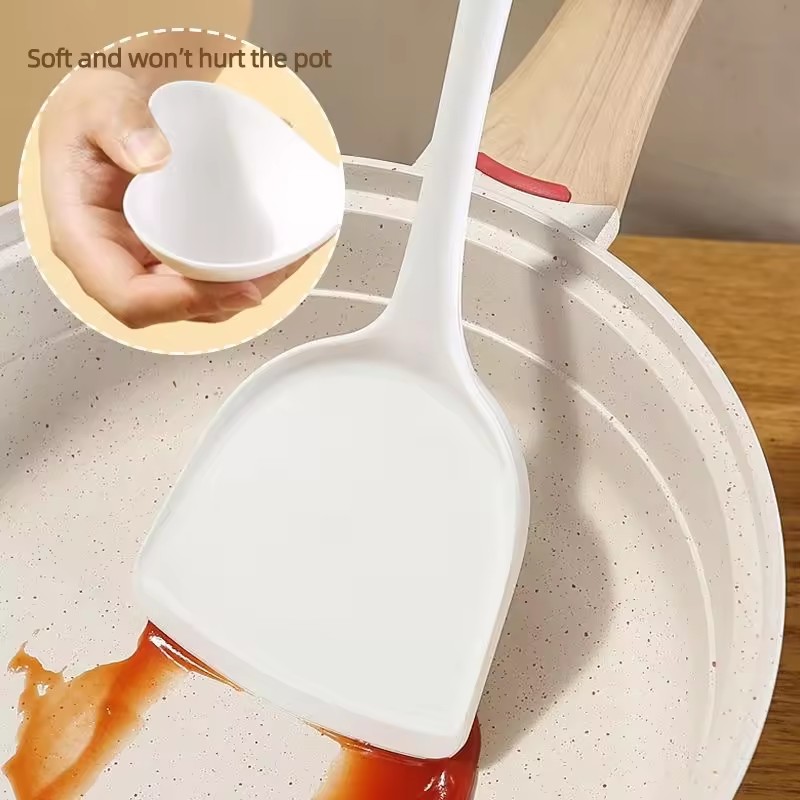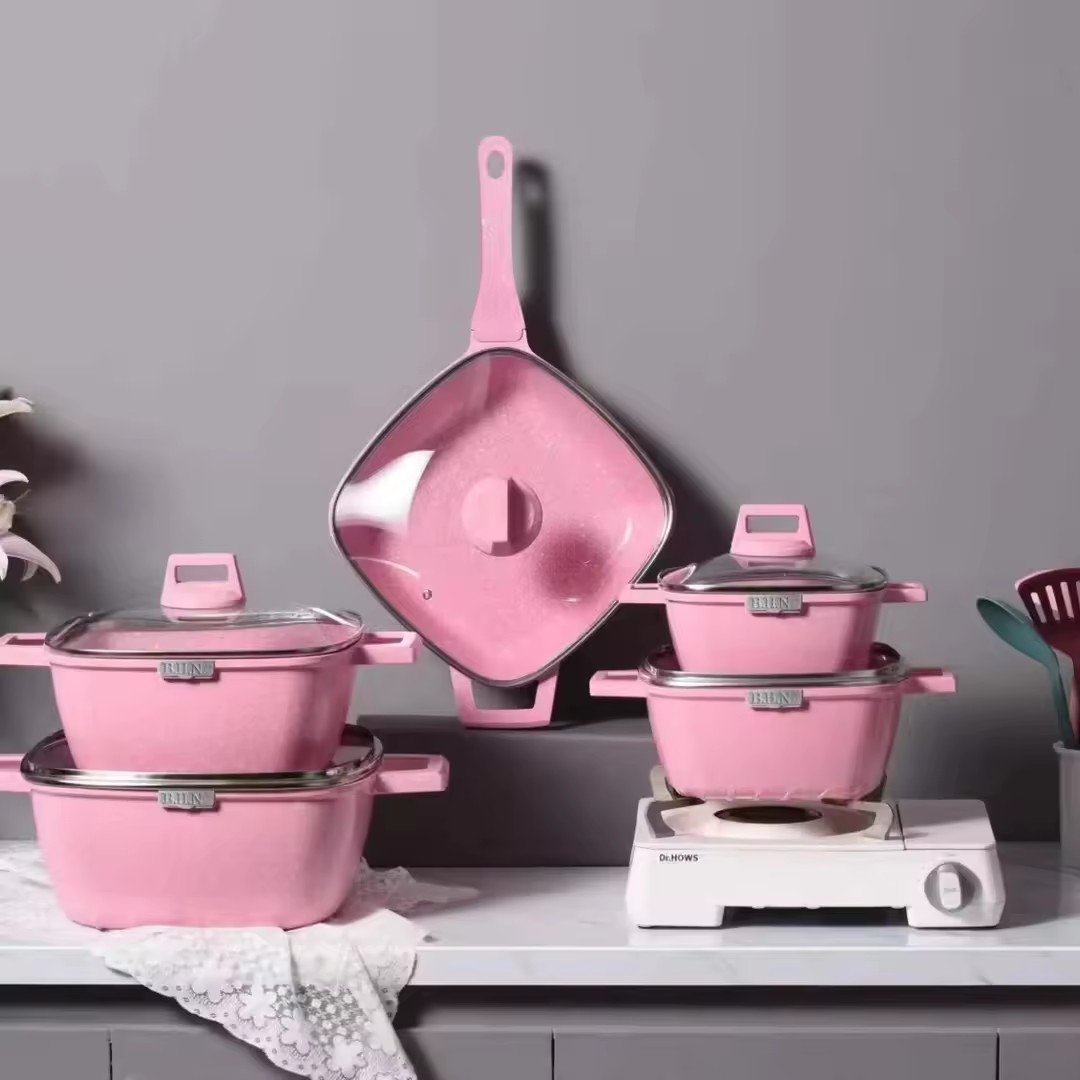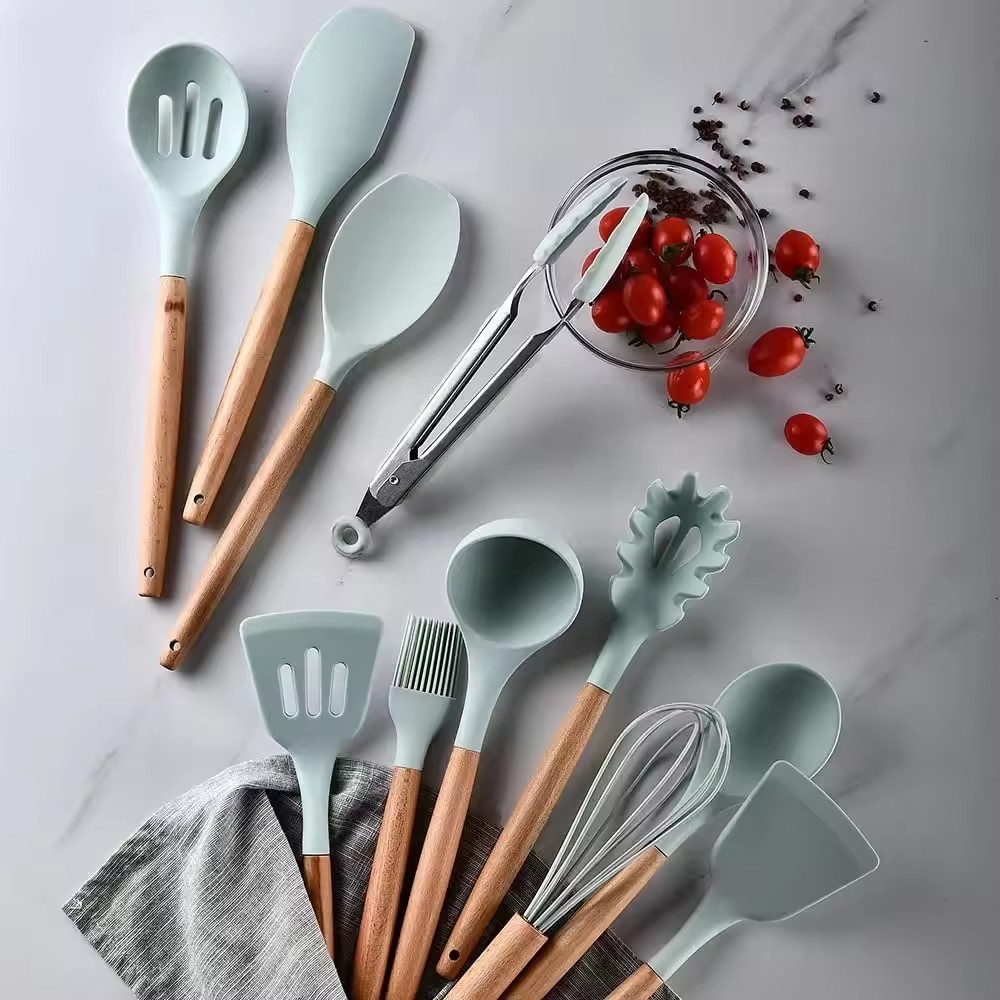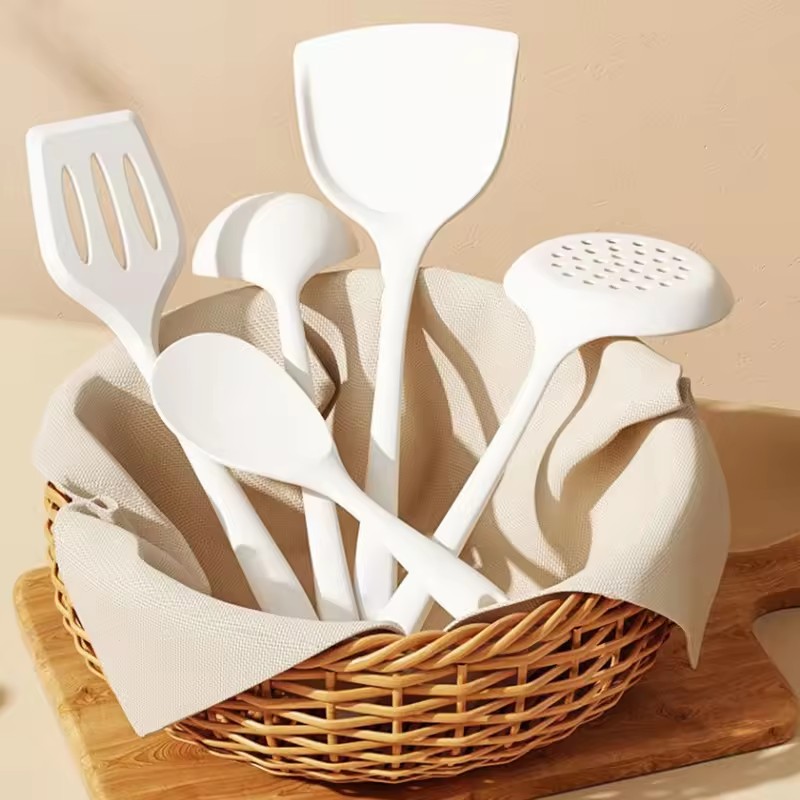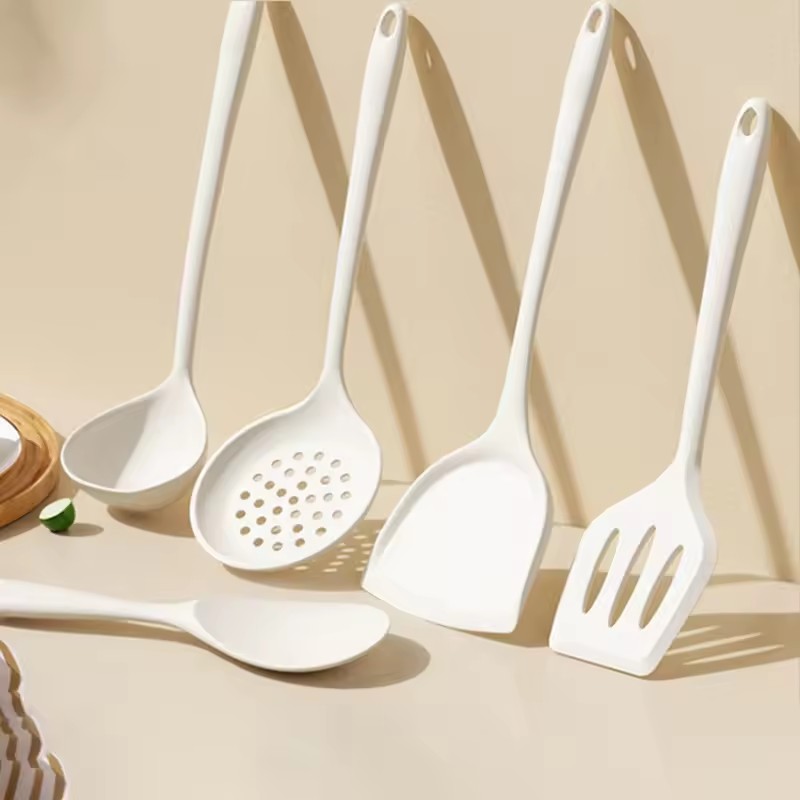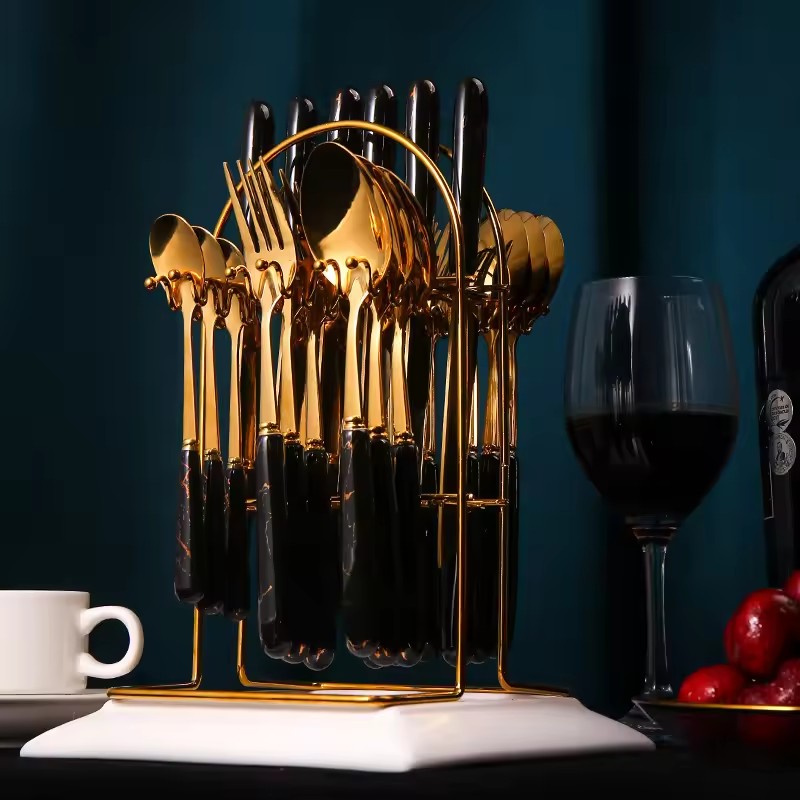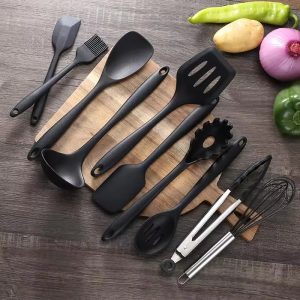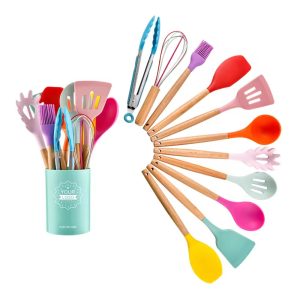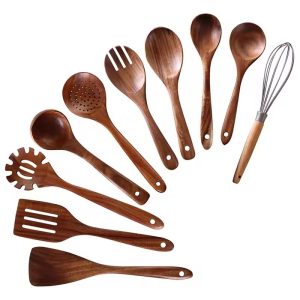Utensils offer a multitude of advantages:
- Hygiene: They minimize direct contact with food, reducing the risk of contamination and promoting food safety.
- Precision: Utensils allow for precise measurement and portion control, ensuring consistent cooking results and balanced nutrition.
- Efficiency: Using utensils streamlines food preparation, making tasks quicker and more manageable.
- Safety: Utensils such as knives and peelers provide safer handling compared to using bare hands, reducing the risk of accidents and injuries.
- Versatility: Different utensils serve various purposes, enabling a wide range of cooking techniques and culinary creations.
- Presentation: Utensils aid in plating and garnishing dishes, enhancing their visual appeal and elevating dining experiences.
- Comfort: Ergonomically designed utensils are comfortable to use, reducing fatigue and strain during extended periods of cooking.
Overall, utensils contribute to efficient, hygienic, and enjoyable food preparation and consumption, making them indispensable tools in the kitchen.
Packaging methods for utensils can vary depending on factors such as the type of utensil, its size, and the manufacturer’s preferences. Here are some common packaging methods:
- Box Packaging: Many utensils are packaged in cardboard boxes. The utensil is typically placed inside the box, which may include inserts or compartments to hold it securely. Instructions or product information may be printed on the box.
- Blister Packs: Utensils, especially smaller items like kitchen gadgets or tools, may be packaged in blister packs. The utensil is placed in a plastic tray, and a transparent plastic cover is heat-sealed over the top to create a secure and visible package.
- Hang Tags: Some utensils come with hang tags attached to them. The tag contains product information and may include a hole or hook for hanging the utensil on display racks in stores.
- Pouches or Bags: Utensils can be packaged in fabric pouches or reusable bags, which provide a more eco-friendly and aesthetically pleasing option. These pouches or bags may feature drawstrings or zippers for secure closure.
- Combo Packs: Manufacturers may bundle multiple utensils together in combo packs, which are packaged in larger boxes or blister packs. Combo packs offer value to customers and allow for cross-promotion of related utensils.
- Custom Packaging: High-end or specialty utensils may come in custom-designed packaging tailored to the product’s branding and aesthetic. Custom packaging can include features such as embossing, foil stamping, or special finishes to create a premium presentation.
Overall, the packaging method chosen for utensils depends on factors such as the type of utensil, target market, and branding considerations. The goal is to create packaging that protects the utensil during transportation, attracts customers’ attention, and effectively communicates the product’s features and benefits.

